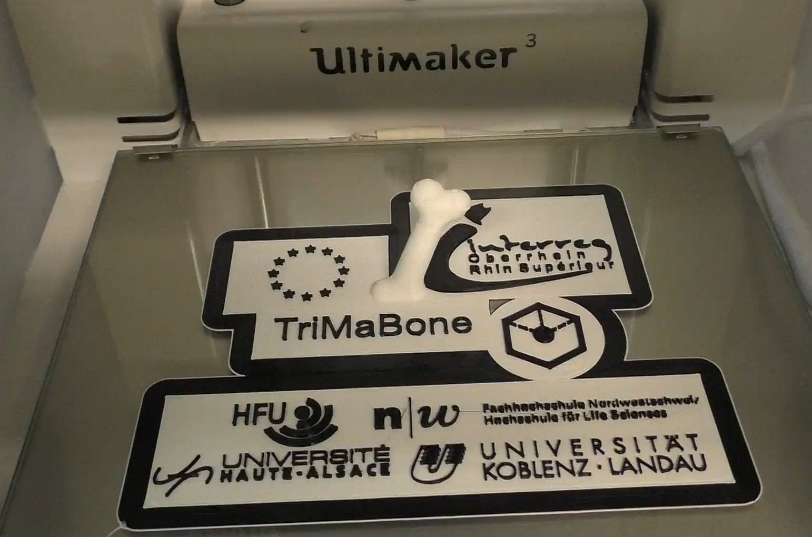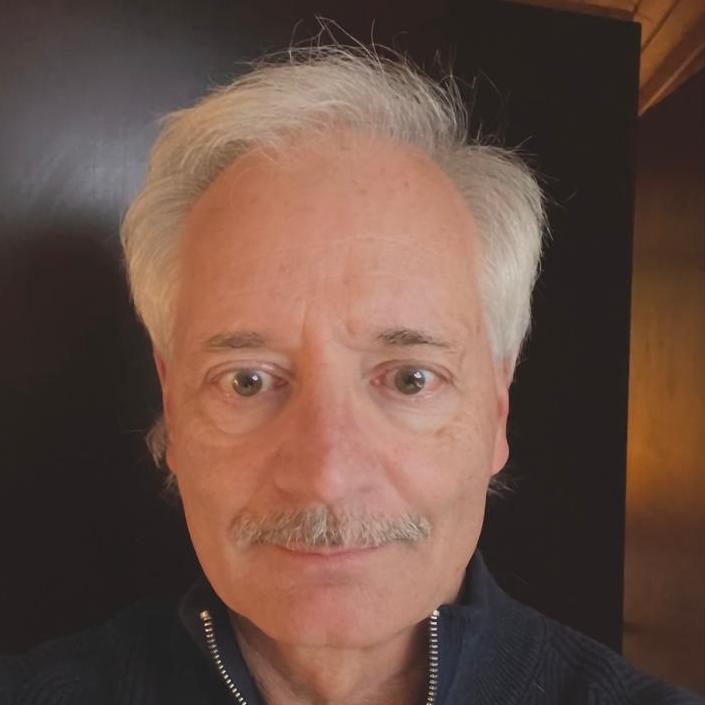TriMaBone - Trinational research initiative: 3D printing materials for resorbable bone implants
Modification of chitosan to make it available for FDM 3D printing
Excellence area
Future of Medical Devices and Technologies
Sustainable Chemistry and Environment Protection
Field
Medical Devices
Sustainable Chemistry
Academic institution
Furtwangen University
Furtwangen University
Furtwangen University
Share your knowledge
Showcase your excellence!
Please contact us and submit your project.
Get involvedAbout the project
TriMaBone connects various project partners from the tri-national Upper-Rhein region. By involving universities of applied sciences, universities and companies, it aims to form the basis for establishing key technologies for the future in the region.
The aim is to create materials and production techniques which enable the application of additive manufacturing / 3D printing in the medical field of bone reconstruction, meeting the growing demand in society for more personalised medicine. The integration of additive manufacturing measures in medical engineering production processes makes it possible to fulfill the high expectations of individualised medical products and to improve the treatment of patients. Particularly as a result of the ageing population and the resulting increase in health problems such as limited self-healing and osteoporosis, it is necessary to develop new therapeutic approaches so that patients receive the best possible medical treatment.
Within the project, chitosan will be used for 3D printing of non-bearing, resorbable bone implants, and its suitability for medical products will be tested. For this purpose, the project partners provide complementary skills in the areas of chemical modification and the functionalisation of the source materials, material characterisation, implementation and the development of additive manufacturing processes, as well as biocompatibility analysis.
The aim is to create materials and production techniques which enable the application of additive manufacturing / 3D printing in the medical field of bone reconstruction, meeting the growing demand in society for more personalised medicine. The integration of additive manufacturing measures in medical engineering production processes makes it possible to fulfill the high expectations of individualised medical products and to improve the treatment of patients. Particularly as a result of the ageing population and the resulting increase in health problems such as limited self-healing and osteoporosis, it is necessary to develop new therapeutic approaches so that patients receive the best possible medical treatment.
Within the project, chitosan will be used for 3D printing of non-bearing, resorbable bone implants, and its suitability for medical products will be tested. For this purpose, the project partners provide complementary skills in the areas of chemical modification and the functionalisation of the source materials, material characterisation, implementation and the development of additive manufacturing processes, as well as biocompatibility analysis.

Copyright pictures:: Furtwangen University
Uniqueness
The project will make it possible to use chitosan as a 3D printing material and provide its excellent biocompatible, antibacterial, chemical and mechanical properties for 3D printed medical implants. Up to now, this has not been possible as chitosan degrades under the prevailing conditions of the printing process.
Change potential
3D printing of bone implants becomes a routine activity in surgery, as it offers many advantages over methods used so far. The precise design of implants offers many advantages for both the patient and the treating physician. However, the optimal material with the desired properties as a bone graft substitute has yet to be developed.
Innovators
Contact
Register to view contact information and be able to reach out!

Hans-Peter Deigner
Future of Medical Devices and Technologies
Sustainable Chemistry and Environment Protection
Dean Medical and Life Sciences
Contact
register to access
register to access